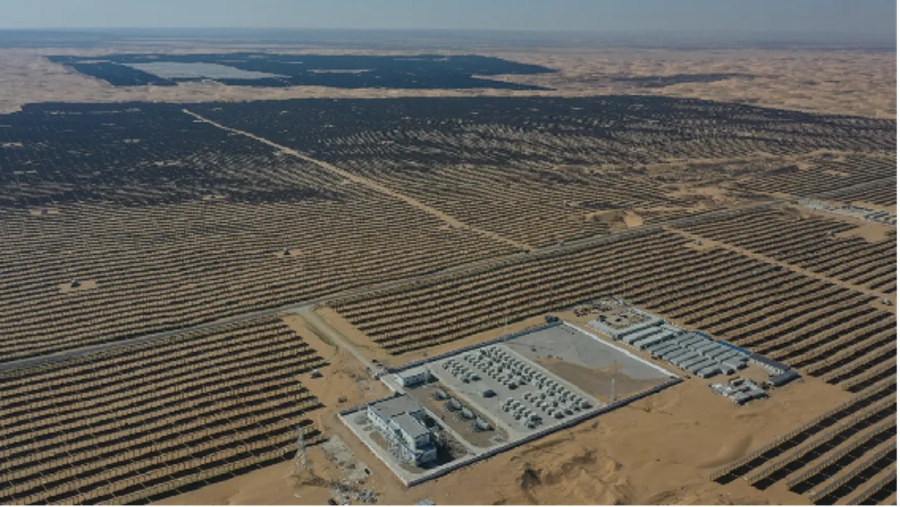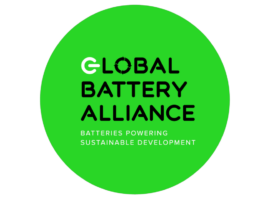COP29: Global alliance for pumped storage launched, pledges endorsed

At this year’s COP29, the International Hydropower Association (IHA) launched the Global Alliance for Pumped Storage, an initiative it called “a crucial step forward for global energy security”.
The alliance is backed by more than 30 governments and international agencies. It aims to promote the deployment of pumped hydro storage through cross-border policy cooperation.
According to IHA President Malcolm Turnbull, the alliance’s merits lie in its commitment to being a voice for “long-term planning and the need for robust, enduring solutions that extend far beyond any four-year political cycle.”
He added pumped storage needs to be rapidly ramped up to complement solar PV deployment. It is a flexible, reliable long-duration storage method for wind and solar energy, and it can offer system inertia, frequency control, voltage regulation, curtailment reduction, among other services at a relatively low cost over a long time.
The alliance launch event gathered representatives from Indonesia, the United States, Spain, Romania, Brazil and other nations.
They addressed some of the disparities between their respective countries pumped hydro capacity. Currently, the IHA estimates the global total of projects store up to 9 TWh of electricity, but this is not evenly distributed. The 2024 World Hydropower Outlook reported that 214 GW of pumped storage hydropower projects are currently at various stages of development.
Australia’s Assistant Climate Change and Energy Minister Josh Wilson said the group should focus on raising awareness of pumped storage technologies. “What it takes to deliver ‘deep’ storage is not yet in place, this forum’s work is important to highlight these challenges and act as a knowledge and tech sharing opportunity,” he pointed out.
Romanian Energy Minister Sebastian Burduja highlighted the lack of investment in pumped storage in both his country and wider Europe. Meanwhile, the United States’ Department of Energy’s representative Sandra Dickison described her country as “a leader” in pumped storage, with 22 GW in capacity.
“But some of these facilities have been in place for decades and are aging. Upgrades alone are increasing capacity, but we need to prioritize PSH as part of a clean and dependable energy grid. We stand ready to work with you all.”
COP29 also saw many officials double down on their previous commitments to advancing energy storage in general.
At a roundtable event on November 15 in Baku, Azerbaijan, where COP29 is being held, the organizers officially launched the Global Energy Storage and Grids Pledge, which calls on signatories to commit to a collective goal of deploying 1.5 TW of energy storage globally by 2030 – more than six times the capacity of 2022.
The contents of the pledge are not much of a surprise, as a leaked draft proposal seen by Bloomberg was widely reported in September. The finalized pledge also includes a commitment to add or refurbish 25 million kilometers of grids worldwide by 2030, and more than 80 million kilometers of electricity grids by 2040.
It has received backing from Utilities for Net Zero Alliance (UNEZA), among other stakeholders. Led by SSE and TAQA, UNEZA comprises 45 utilities suppliers across five continents. It was launched at COP28 and has experienced a surge in membership.
The pledge is one of 14 ‘Action Agenda’ items formally adopted by COP29. Others include declarations on water, enhanced action in tourism, reducing methane in organic waste, farming initiatives, climate transparency, urban design, and the promotion of green technology.
Analysts at S&P Global Commodity Insights believe the 2030 storage forecast will, in reality, fall short of COP29 targets – they predict global capacity will reach 1.1 GW, including battery and longer duration technologies like pumped storage. The firm projects around 650 GW of grid-connected energy storage installations by 2030, with China to dominate.













